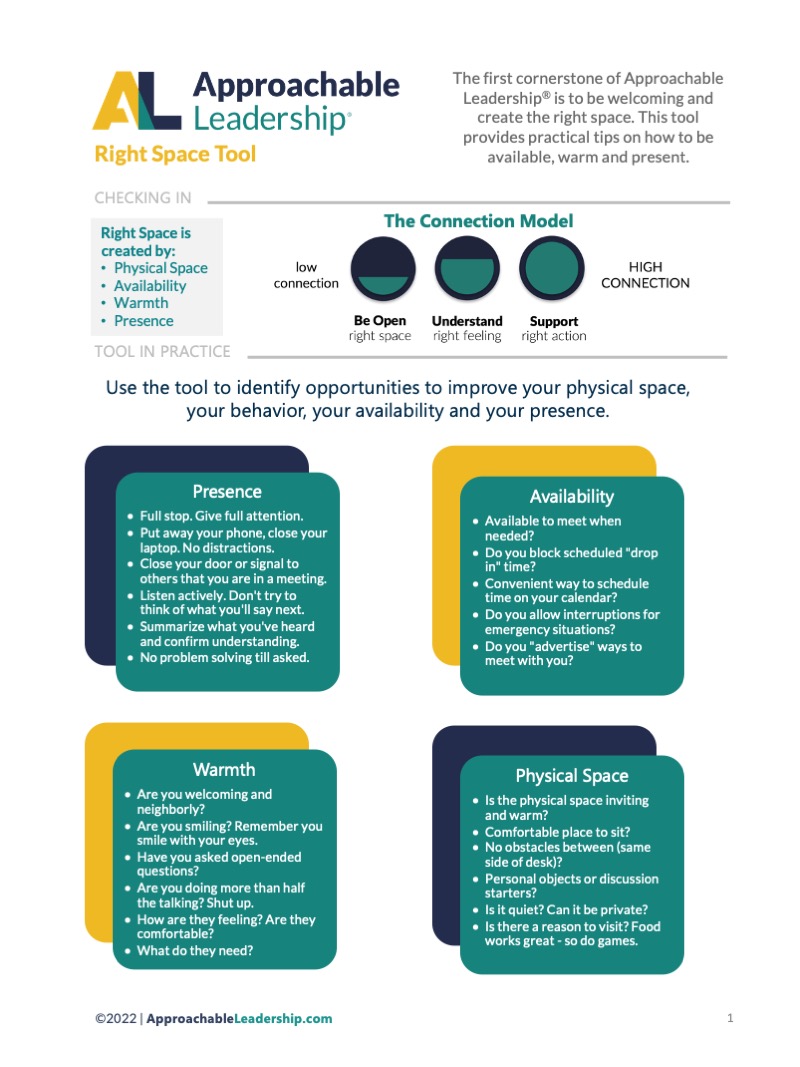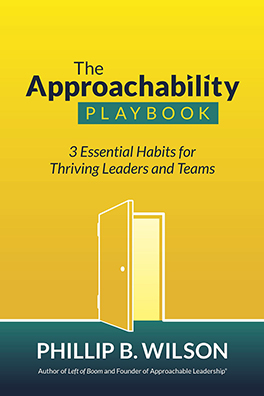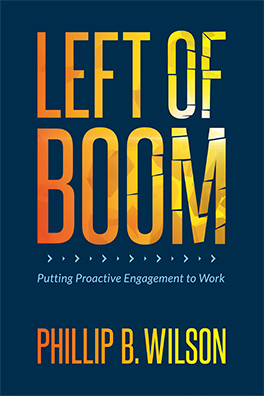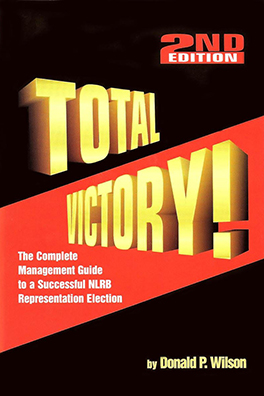Over the holidays, Starbucks Workers United (SBWU) called a five-day strike for baristas to protest stalled-out contract negotiations after the union and company revived talks in 2025. Reportedly, progress was made, but nine months of meetings still didn’t yield a first-contract framework.
This nine-state strike qualified as technically the largest walkout in the union’s history but only affected about 500 out of 10,000+ U.S. locations. Frustrated baristas headed back to work without meaningful results. Undoubtedly, new CEO Brian Niccol would like to put this conflict in the rearview mirror and turn his focus to desired operational changes for the company that could slow union momentum in the long run.
Recently, former NLRB Chair Wilma Liebman suggested that Starbucks should agree to mediation in order to shore up the company’s willingness to come to the table. Last week, both parties agreed to mediation to work on a first-contract framework that would then be applied at the store level. According to the joint statement, both parties “are committed to continuing to work together — with a mediator’s assistance — to navigate complex issues and reach fair contracts.”
Meditation could finally bring solutions, but if a deal still doesn’t happen, this could place SBWU’s plentiful demands under more scrutiny. Their many stipulations include a base wage of $20 per hour for baristas; annual raises of 5% plus COLA benefits; generous healthcare insurance policies paid 100% by the company; and enough paid holidays, sick days, and vacation days to fill an entire month each year; and so on.
It’s a lot to consider. Of course, contract demands do happen with the understanding that not every request will come true. Specifically, Starbucks countered the union’s wage demands by pointing out that their current average barista pay of $18 per hour + benefits is effectively worth $30 per hour. Further, Starbucks called the union’s demands for wages and benefits unsustainable from a business standpoint.
Still, a desirable result happened with the mediation news, which immediately led to mutually dropped lawsuits from Starbucks and SBWU, which also notched three dozen ULP filings in one day this month.
Where does that leave the Starbucks organizing drive? It is in flux, with several union wins over the past weeks and more petition news each week. Notably, about a quarter of the 500+ SBWU wins have happened in the past year, to be measured against dozens of decertification efforts, as noted by Starbucks. Buyer’s remorse has hit many baristas, even if Biden’s NLRB has largely blocked those efforts to jump from the union ship.
Clearly, this situation is more complicated than Starbucks workers planned for when the coffeehouse giant’s first unionized location made headlines over two years ago. Disappointment abounds from workers who expected contracts much sooner. With the average first contract taking more than a year to secure, SBWU still has zero contracts to speak of—despite the union’s bluster—which could eventually cause pause for Gen Z workers when unions come knocking with big promises.






